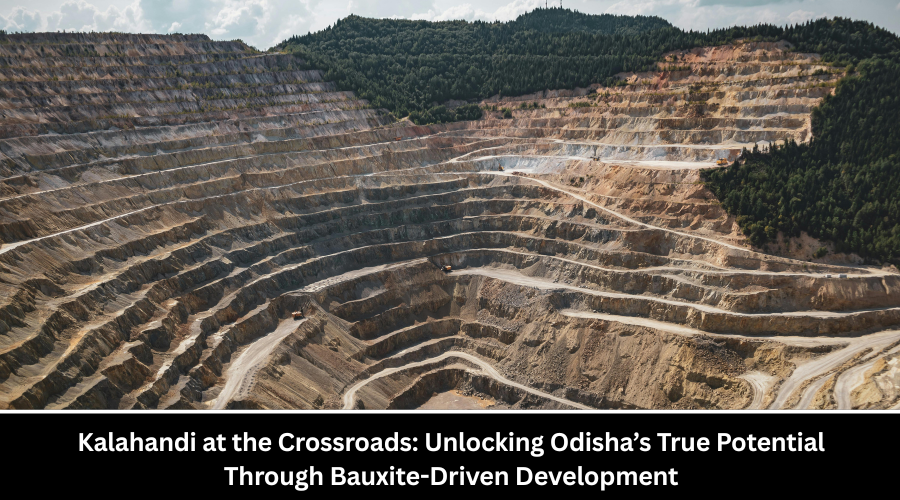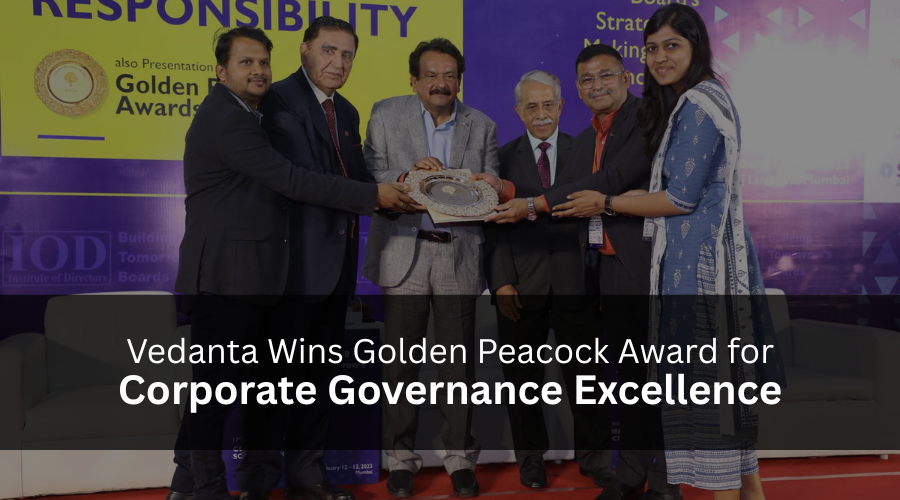Kalahandi at the Crossroads: Unlocking Odisha’s True Potential Through Bauxite-Driven Development
The state of Odisha, rich in nature, possesses more than half of all bauxite in India, a helpful fact that could rewrite its financial future. At present, Odisha is being led by Hon’ble Chief Minister Mohan Charan Majhi toward a crucial decision point in history. While there is strong hope for growth that is rapid, largely inclusive, and sustainable growth, we must also confirm that every person, even those in areas such as Kalahandi, profits from this progress.
Lanjigarh alumina refinery in Kalahandi shows how quickly progress can happen thanks to this promise. Many people point to Lanjigarh as an example of industrial progress that can also encourage community improvements.
From Hunger to Hope: The Transformation of Kalahandi
Kalahandi, which abounds in minerals, was, for years, known for enduring poverty, malnutrition, and a lack of development. However, creating the alumina refinery in Lanjigarh paved the way for major changes. With industries came both chances for work and improvements in infrastructure and spirits. Healthcare, schools and small businesses started to develop in communities that development had not reached before.
However, the process is still not completed. The journey of development is incomplete unless bauxite is extracted locally. There are vast fertile reserves in Odisha, but Kalahandi’s aluminium refineries import bauxite from different states. Such a situation continues to reduce Odisha’s industrial strengths and holds up its hopes for greater self-dependency.
The Missed Opportunity and the Way Forward
Having so much bauxite at home appears paradoxical to the government’s “Make in India” and “Atmanirbhar Bharat” campaigns, when the country still buys most of its ore from abroad. It goes against Prime Minister Narendra Modi’s appeal for “Make in Odisha”, made at the Utkarsh Odisha Conclave 2025.
This situation comes at a huge price. For every ton of bauxite that enters the country, we lose local jobs, slow industrial development, and stop local growth. However, we have a clear solution: beginning local bauxite mining in Kalahandi as instructed by the Supreme Court. In addition, these guidelines mean that 5% of the earnings from shipping must go directly toward improving the community. This might bring several hundred crores into investing in local education, healthcare, better infrastructure and job creation.
A Visionary Leader at the Helm
Following the expert guidance of Chief Minister Mohan Charan Majhi, Odisha is on the way to a socio-economic revival. The government’s main programmes are designed to reach as many people as possible and have an ambitious scope. Subhadra Yojana hopes to benefit over one crore women by giving them ₹10,000 each year for five years, encouraging financial and digital independence.
In addition, the ₹10,000 crore ‘Vikshit Gaon, Vikshit Odisha’ initiative hopes to have safe drinking water for every village by 2026 and weather-resistant roads by next year. These things are not only tall promises; they have already become tools for changing life in the rural areas of Odisha.
In addition, Utkarsh Odisha and the Make in Odisha Conclave 2025 are helping to speed up Odisha’s industrial plan by drawing attention and investments from all over the world. The plan is to move Odisha beyond mineral riches and make it a top industrial and economic center in the eastern region.
Kalahandi: The Next Leap
Now, Kalahandi should receive the main attention for driving these changes. Signs of what can be done with a determined industrial policy are already visible in the region. What is important now is that the government help liberate its abundant bauxite supply. It is now important to hold a Gram Sabha, which is required by the constitution, to decide whether to begin local mineral mining.
Developing the bauxite in Kalahandi isn’t simply mining; it is a link in our journey to full prosperity. We should use Odisha’s resources to help its inhabitants improve themselves, instead of benefiting foreign economies. It’s all about establishing a development model that brings growth to the business and the community at the same time.
Conclusion
Odisha has what it needs to revise how its development unfolds. It is now possible for the state to turn Kalahandi from a region of poverty into a source of prosperity, serving as a model for the entire country.
Now is the time to do something. Postponing the decision on mining bauxite in Madhya Pradesh delays important industry growth and may even take back the advancements that the state has seen during the last 20 years. The upcoming Gram Sabha has the power to improve both the industry and the community greatly.
Kalahandi should be where people’s desire for success goes hand in hand with social justice. Instead of considering what it once stood for, let us appreciate the direction it chose to head in. The international community is paying attention, and everyone else is watching and awaiting change. Now is the moment for Odisha to show the way—for the welfare of its people, for Kalahandi, and an independent India.











